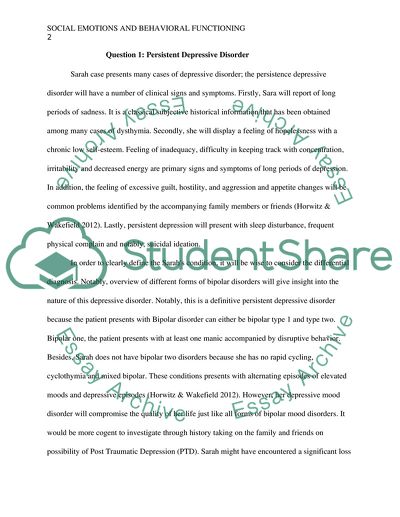Cite this document
(“Social Emotional and Behavioral Functioning Assignment”, n.d.)
Retrieved from https://studentshare.org/psychology/1661239-social-emotional-and-behavioral-functioning
Retrieved from https://studentshare.org/psychology/1661239-social-emotional-and-behavioral-functioning
(Social Emotional and Behavioral Functioning Assignment)
https://studentshare.org/psychology/1661239-social-emotional-and-behavioral-functioning.
https://studentshare.org/psychology/1661239-social-emotional-and-behavioral-functioning.
“Social Emotional and Behavioral Functioning Assignment”, n.d. https://studentshare.org/psychology/1661239-social-emotional-and-behavioral-functioning.


